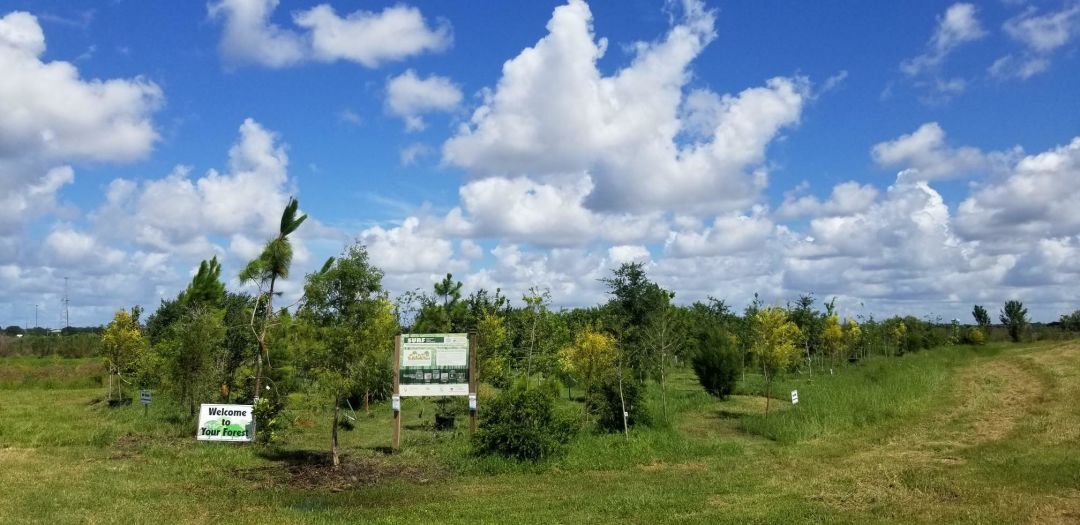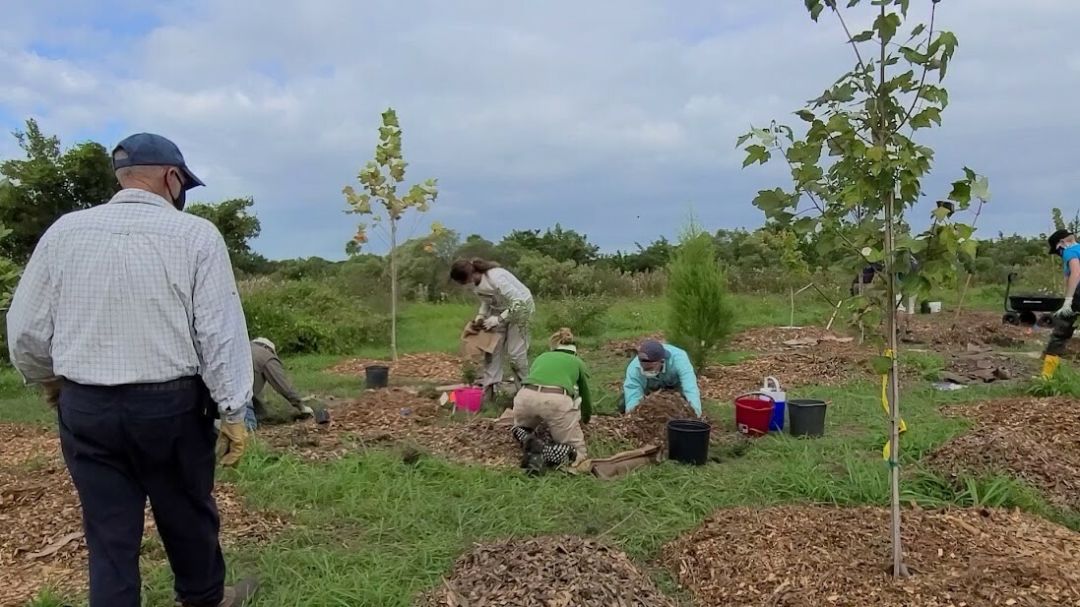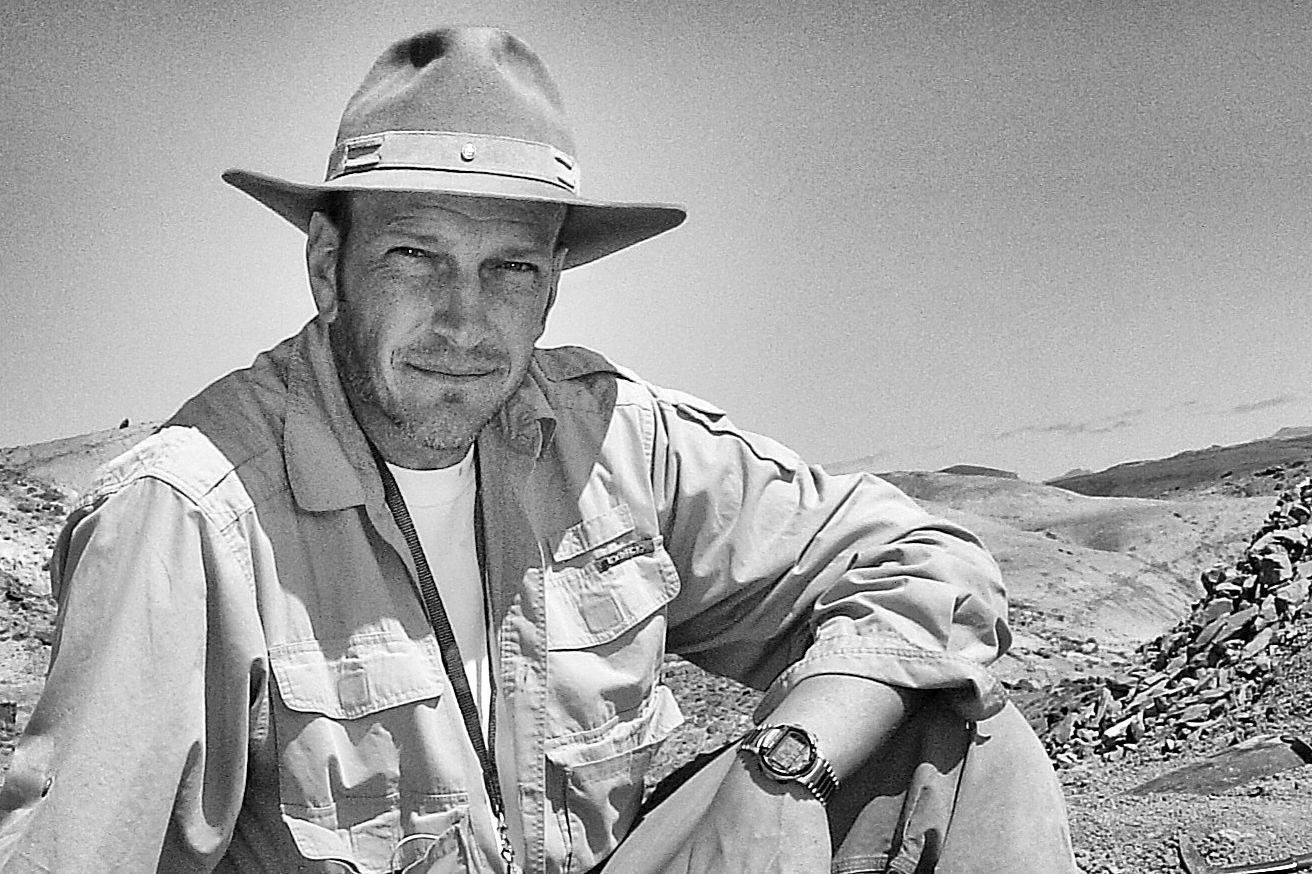Sarasota County's First Micro Forest Has Macro Impact

Celery Fields micro-forest
Image: Richard Larsen
The Celery Fields in east Sarasota isn’t just an avian hotspot, with more than 200 species of birds, it’s also now the site of a mighty micro forest.
At just a half-acre in size, the micro forest is having a macro impact. The Cyprus, pines, bays, sycamores, cedars, and live oaks growing there are projected to capture 200,000 pounds of atmospheric carbon and release oxygen in exchange. As the forest matures from 10 to 20 years old, that amount spikes to 700,000 pounds of carbon. (For context, according to the UF/IFAS Extension Sarasota County, a single mature oak can sequester up to 7,690 pounds of carbon over a 10-year span).
Another benefit of the Celery Fields micro forest is that it can filter rainwater that would otherwise flush red tide-fostering pollutants into our waterways. During intense rains, the forest can also intercept waters that can lead to downstream flooding. In fact, it’s estimated that more than 3,865,00 gallons of water will be intercepted, preventing more than 850,000 gallons of runoff over 30 years.
Located in the northeastern quadrant of the more than 300-acre Celery Fields park, the last of the micro forest plantings went down in February and are taking root. (The first of the trees were planted two years ago by roughly 20-30 volunteers.) Spearheaded by Florida Veterans for Common Sense, (FLVCS) alongside Solutions to Avoid Red Tide (START) and the Neighborhood Environmental Stewardship Team (NEST), among others, the FLVCS volunteer group focuses on several topics, including the environment.
“We’re concerned climate change is a national security and economic issue,” says Jack Merriam, an environmental scientist and FLVCS volunteer. He also teaches at the Osher Lifelong Learning Institute at Ringling College and is a former environmental manager for Sarasota County. “We’re having extreme droughts, fires, floods and storms. Trees help by generating healthy weather patterns."
One of the tricks that power micro forests come from Japanese botanist Akira Miyawaki, who pioneered the technique to grow a micro forest in 20 to 30 years that can have the same attributes as a forest that's 200 to 300 years old. It involves planting native species close together. This makes the trees compete for sunlight, making them grow upward instead of sideways. As a result, the forest grows denser—and as much as 10 times faster.
Micro forest prep involves putting down cardboard to kill grass, then layering that with wood chips on top, creating beneficial bacteria and fungi for the soil. "Sand doesn't have carbon, so the carbon we're adding retains nutrients and allows microorganisms to prosper and help the tree root system," says Richard Larsen, a Myakka River District county forester who consulted with the veteran volunteers during planting.

Volunteers planting the first local micro forest at the Celery Fields.
Image: Jack Merriam
The micro forest site is also a living classroom. "There's a sign and tags on each tree, so we can measure them. A QR code on each takes you to the University of Florida Institute of Food and Agricultural Sciences website and has education on it and how to care for it," Merriam says.
It's what he likes most about planting micro-forests on government-owned properties—the public access and educational opportunities component. "People stop and talk with us during planting, and sometimes they even help," he says. "So many of our residents are from elsewhere and unfamiliar with our native trees and like to learn about them."
But for all its merits, Merriam says finding public, government-owned sites to expand micro forests remains a challenge.
“So much land is now earmarked for development and land values in Sarasota County are so high,” says Larsen.
FLVCS isn't choosy.
"We've talked about going to some private sites in Myakka owned by ranchers like Elizabeth Moore and Jim Strickland, which is nice because they have lots of land and there are fewer regulations to deal with than with government-owned land," Merriam says. "We're interested in planting at North Water Tower Park, which belongs to the City of Sarasota, but we're still in talks about it."
In a bit of a hybrid deal, the next micro forest is headed to Heritage Harbour, a 2,500-acre master-planned community off S.R. 64 in east Manatee County. Although privately owned by the Heritage Harbour Association, it's a publicly accessible park.
And don't forget that planting a tree, even if it's not part of a forest, remains a valuable action, no matter what. "It’s something everybody can do instantaneously. You don’t have to wait for the future to do it. In your yard, at the condo, help us plant trees," Merriam says.
The public is invited to volunteer during the Heritage Harbour micro forest planting day at 700 River Heritage Blvd., Bradenton, from 9 a.m. to 1 p.m. on Wednesday, Jan. 18. Got land for a micro forest? Contact the FLVCS here.



